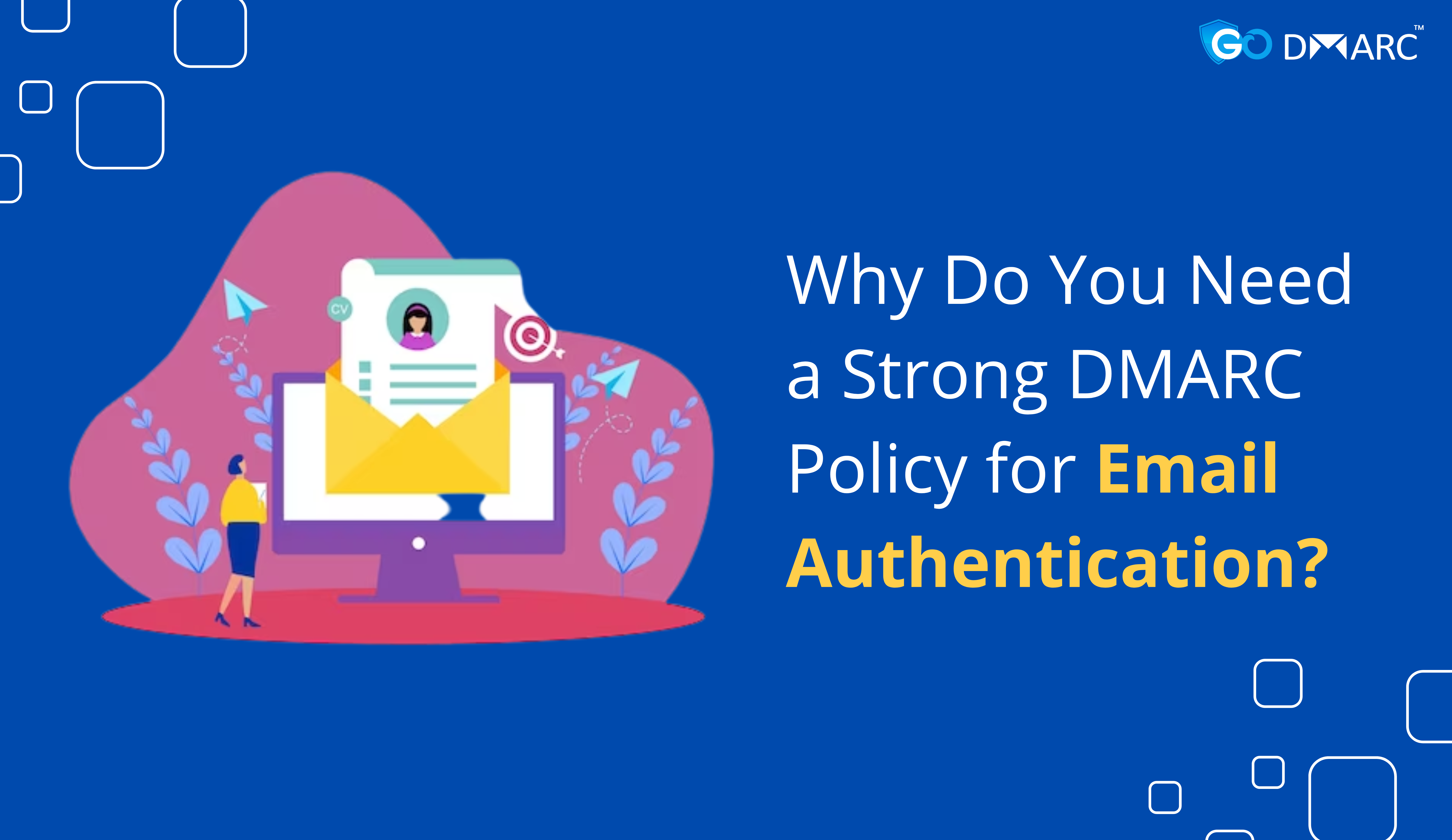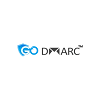
Are you familiar with all email providers in your domain? Are spammers attempting to fake your email domain in order to exploit security flaws or commit fraud? Are you following the recommended email guidelines to guarantee inbox delivery? These are the inquiries that DMARC Policy responds to, providing you complete control over email delivery for the domain of your business. DMARC is currently being used by 4,963,506 websites, besides 2,179,839 older websites and 55,888 websites in India.
Email authentication has been a top priority for GoDMARC since the beginning. With the right infrastructure, tools, and email standards, we think anybody should be able to send emails without difficulty and without having to pay enterprise fees. A significant component of this aim is DMARC, which we support.
DMARC: What is it?
DMARC (Domain-based Message Authentication, Reporting & Conformance) is a standard that prohibits spammers from using your domain to send emails without your consent–also known as spoofing. The "From" address on messages can be forged by spammers to make the spam appear to be sent by a user in your domain.
PayPal spoofing is an excellent illustration of this, where a spammer sends you a phony email purporting to be from PayPal to steal your account details. Before you even receive these bogus emails in your inbox, DMARC Policy for Email Authentication makes sure they are blocked. DMARC policy check ensures that only genuine email is received by giving you excellent visibility and reports into who is sending email on your domain's behalf.
What Advantages Come With DMARC Implementation?
DMARC is critical to a brand's email security and deliverability plan, as it enables:
- Visibility - monitor emails sent from your domain to make that SPF and/or DKIM authentication is carried out correctly.
- Security - Prevent consumers from falling for phishing scams that could jeopardize the security of your company.
Does DMARC make delivery more reliable?
The best DMARC policy enables you to check the SPF and DKIM authentication of emails sent from your domain. This enables you to find and address any authentication problems that can compromise the delivery of your emails.
Lowering spam complaints and safeguarding your domain's standing with ISPs can both be achieved by preventing faked emails from reaching consumers.
How Should My Domain Be Set Up And Implemented For DMARC?
Ideally, you're now persuaded that DMARC is fantastic (it really is). What is your domain's DMARC policies types alignment's next step, then? This is a challenging step, and it takes longer because there is a risk in putting it into practice. If you simply published a "reject" record, you might instruct ISPs to ignore the valid emails. The project is divided into two areas of observation and implementation to make it less dangerous.
DMARC Monitoring
1: Create a record for DMARC and begin monitoring
Monitoring is vital for the DMARC record implementation procedure. Before you are aware of all the sources of your email, you cannot establish a policy to reject emails. You may know the email marketing service providers, help programs, inbox services, and drip email services you employ, but what about server alerts and administrative tools? Knowing these sources off the top of your head is essentially impossible.
Fortunately, DMARC's designers recognized this and included reporting. Monitoring your email traffic and determining if messages are passing or failing is the first stage in DMARC implementation. Inserting a DNS entry for DMARC authentication on your domain is all that is required to make this happen.
2. Examine DMARC reports to find sources that are passing, failing, or absent
Your weekly reports are now being sent to you, and you may even use the API to go further into the information. When you view all the email sources for your domain, this section might be very daunting. Let's see an example report generated by our technology.
How DMARC Safeguards The Email Reputation Of Your Website?
The figures at the top will catch your eye first:
- Processed: The number of communications that ISPs processed and forwarded to reports.
- Fully Aligned: The proportion of messages with successful SPF and DKIM signatures.
- Failed: The percentage of communications without SPF or DKIM headers.
Align DKIM And SPF With DMARC For All Known Email Sources
The true job is to identify reliable sources as you examine the data you are provided in the reports you receive each week. Make sure this source is signing using DKIM and is included in your SPF record if you detect an IP address or domain that you send from. Although it is a laborious procedure, you can take your time and address problems as you come across them.
Finding each source can be challenging. Making a list of all the sources where you know you send emails is one method to make this easier. You can attempt to compare alternative sources as they appear in the reports to the list's recognized sources. Email providers, e-commerce platforms, marketing services, or even server notifications and warnings could be among these sources. Google Apps (Gmail), Salesforce, Intercom, Campaign Monitor, Mailchimp, and, of course, Postmark are a few typical examples.
Conclusion
A common email authentication technique is DMARC service. Mail administrators can stop hackers and other attackers from impersonating their company and domain by using the DMARC record generator. Spoofing is an attack where the email message from the address is falsified. A technical standard known as DMARC, or Domain-based Message Authentication, Reporting, and Conformance, aids in defending email senders and recipients against spam, spoofing, and phishing. Choosing the right DMARC plans is beneficial for you from GoDMARC.

No comments yet